Lizards have become increasingly popular pets in American households, offering a fascinating alternative to traditional furry companions. With their diverse appearances, behaviors, and care requirements, these reptilian friends provide unique experiences for both novice and experienced keepers. From tiny desktop companions to impressive statement pets, the variety of lizard species available through U.S. pet stores continues to expand. Whether you’re considering your first scaly friend or looking to add to your collection, this guide explores thirteen common lizard breeds you’re likely to encounter while shopping, highlighting their distinctive characteristics and basic care needs.
1. Bearded Dragons
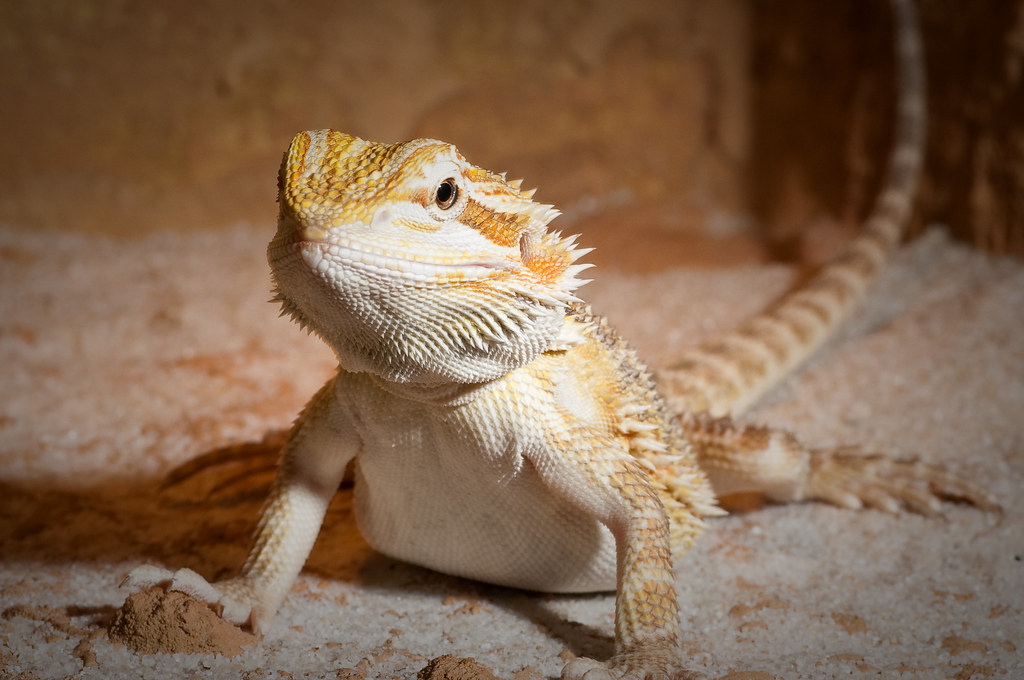
Bearded dragons, native to Australia, have earned their place as one of America’s most beloved reptile pets due to their friendly temperaments and expressive behaviors. These medium-sized lizards typically grow to 16-24 inches in length and can live 8-12 years with proper care, making them a significant commitment for potential owners. Their name comes from the spiny “beard” under their throats that can puff out and darken when they feel threatened or during mating displays. Bearded dragons are omnivorous, requiring a balanced diet of insects, leafy greens, and vegetables, and they need UVB lighting and proper temperature gradients to remain healthy in captivity.
2. Leopard Geckos
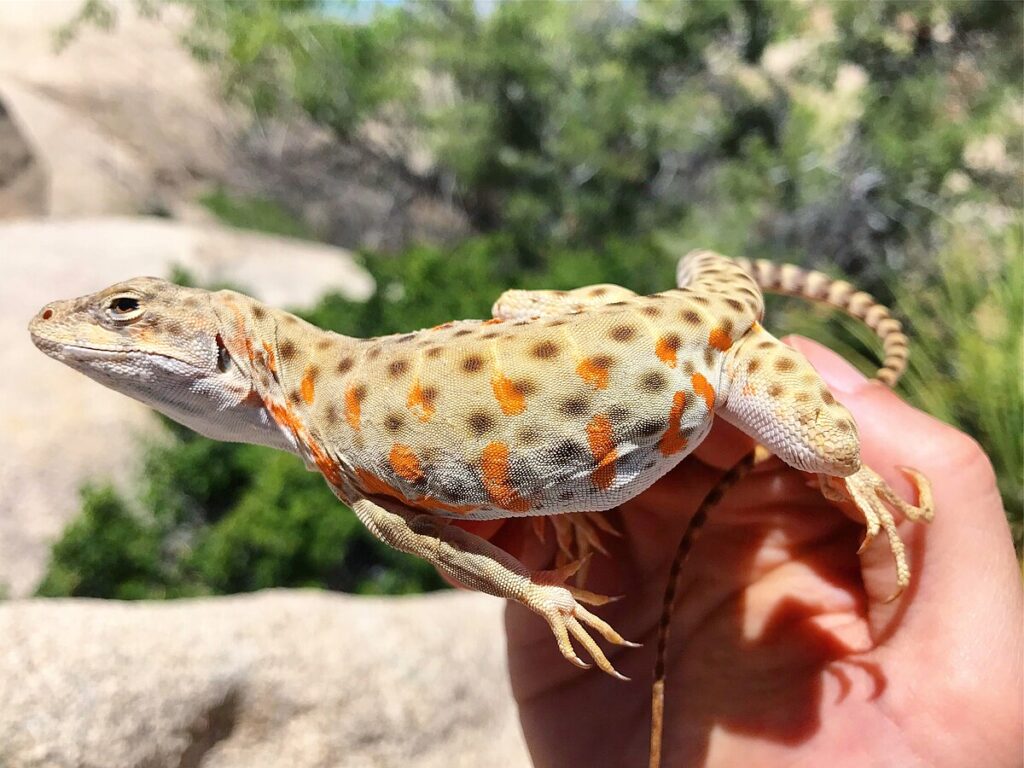
Leopard geckos represent an ideal entry point into lizard keeping, thanks to their manageable size and relatively simple care requirements. Unlike many other lizard species, these nocturnal geckos from Central Asia don’t require special UVB lighting, though they still need proper heating to digest their insect-based diet. Their docile nature, combined with a lifespan that can exceed 20 years in captivity, makes them excellent long-term companions that can become quite tame with regular handling. Leopard geckos are available in dozens of color morphs (including albino, tangerine, and “snow” variations), giving prospective owners plenty of options when selecting their pet. Unlike many lizards, leopard geckos possess movable eyelids and lack the sticky toe pads found in other gecko species.
3. Crested Geckos

Crested geckos have surged in popularity since their rediscovery in 1994, after being thought extinct for decades in their native New Caledonia. These arboreal geckos are known for their distinctive eyelash-like crests and remarkable ability to thrive at room temperature, eliminating the need for supplemental heating in most homes. Their diet consists primarily of commercially available fruit-based powdered food mixed with water, making feeding considerably easier than for insect-dependent species. Crested geckos possess incredible climbing abilities thanks to specialized toe pads covered in microscopic hairs that allow them to scale glass and other smooth surfaces with ease. With proper care in a vertically-oriented enclosure with plenty of climbing opportunities, these personable geckos can live 15-20 years.
4. Green Anoles

Green anoles hold the distinction of being one of the few lizard species native to the United States, naturally occurring throughout the southeastern states. Often mistakenly called “chameleons” due to their ability to change color from bright green to brown based on temperature, mood, and environmental conditions, these small lizards typically measure just 5-8 inches in length. Green anoles are highly active during daylight hours, requiring spacious enclosures with plenty of climbing branches and plants to thrive in captivity. Their diet consists primarily of small insects like crickets and fruit flies, which must be dusted with calcium and vitamin supplements to prevent nutritional deficiencies. While not as handleable as some larger lizard species, anoles make fascinating display animals with their territorial displays and quick movements.
5. Blue-Tongued Skinks
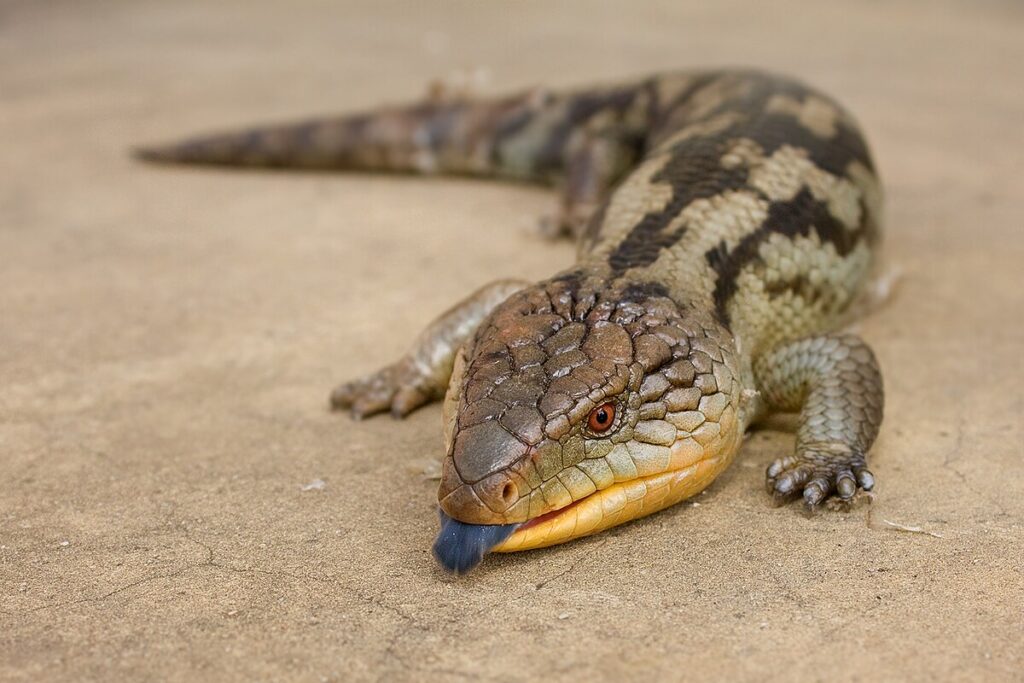
Blue-tongued skinks immediately capture attention with their namesake bright blue tongues, which they display when threatened as a warning to potential predators. These stocky, ground-dwelling lizards from Australia and Indonesia have robust bodies with relatively short legs and can grow to impressive sizes of 18-24 inches in length. Unlike many reptiles, blue-tongued skinks are omnivorous with a diet that closely resembles that of humans, consuming vegetables, fruits, lean proteins, and occasional insects. Their docile temperaments and handleability make them excellent pets for those comfortable with larger lizards, though they require spacious enclosures to accommodate their size. With proper care, including UVB lighting and appropriate temperature gradients, these intelligent lizards can live 15-20 years in captivity.
6. Chinese Water Dragons
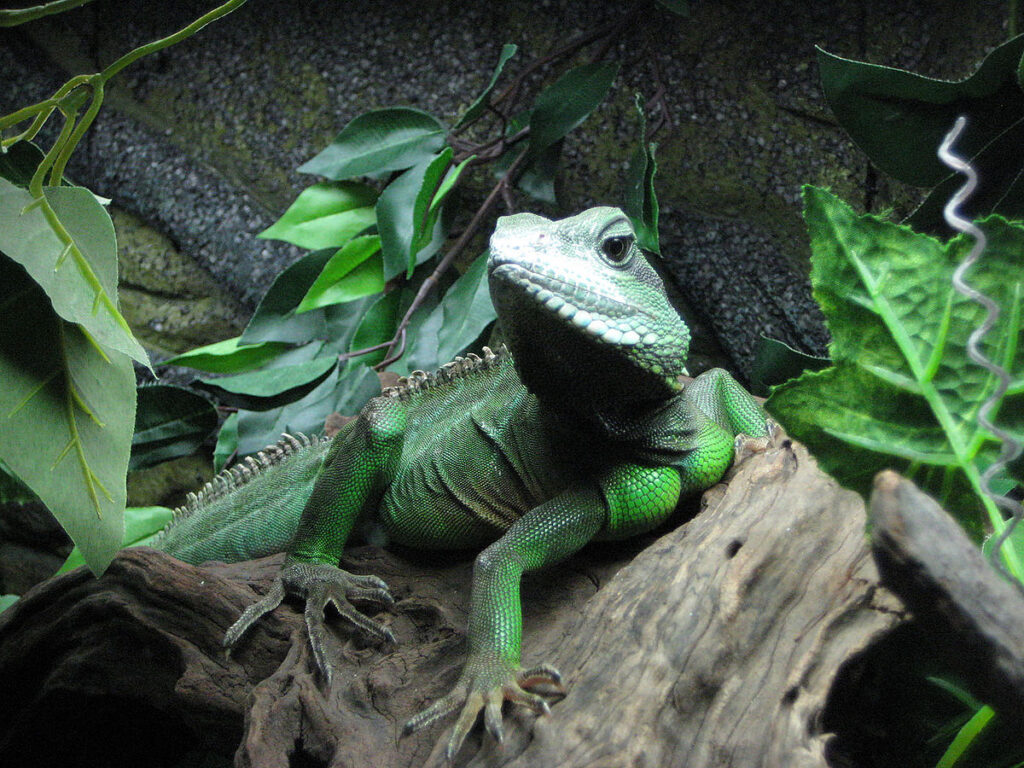
Chinese water dragons offer a stunning visual presence with their emerald green coloration, impressive crests, and long tails that can make up two-thirds of their total 3-foot length. These semi-aquatic lizards from Southeast Asia require specialized habitats with both swimming areas and elevated basking spots to mimic their natural environment along tropical waterways. Water dragons are excellent climbers and swimmers, often diving into water when startled – a defense mechanism that potential owners should consider when designing their enclosure. Their omnivorous diet includes insects, small fish, and occasional fruits and vegetables, all requiring careful supplementation to prevent metabolic bone disease. While they can become relatively tame with consistent, gentle handling, water dragons remain somewhat more challenging than beginner species due to their specific humidity, dietary, and space requirements.
7. Uromastyx Lizards
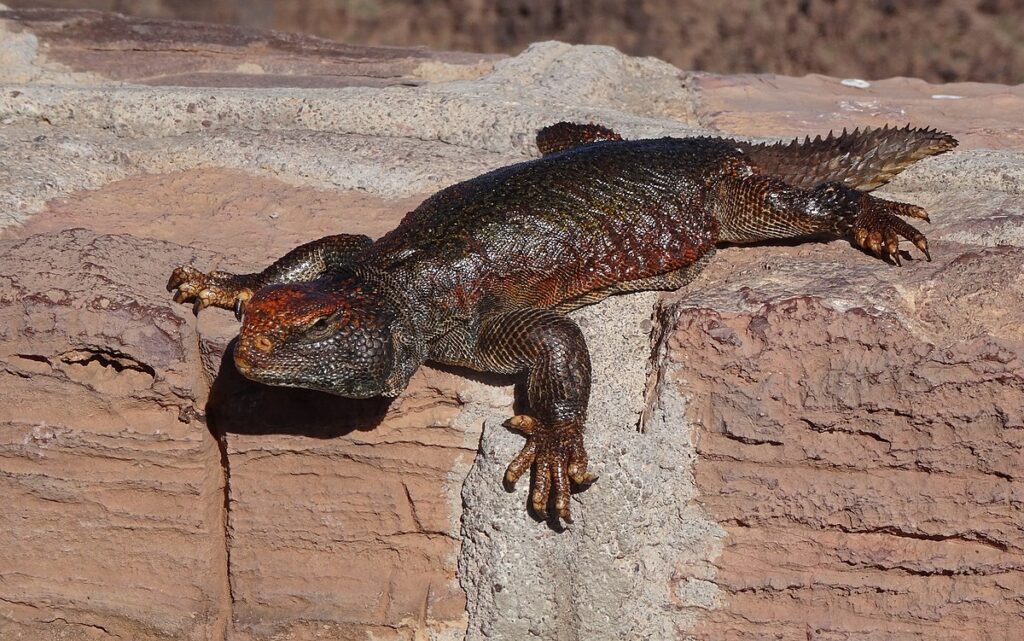
Uromastyx lizards, also known as spiny-tailed lizards, are desert specialists native to North Africa and the Middle East, instantly recognizable by their thick, spiny tails used for both defense and fat storage. These stocky, ground-dwelling lizards thrive in extremely hot, arid conditions that would be intolerable for most reptiles, requiring basking spots that reach 120°F or higher. Unlike the majority of pet lizards, uromastyx species are primarily herbivorous as adults, consuming a diet centered around leafy greens, vegetables, and occasional seeds and lentils. Their unique dietary requirements, combined with their need for intense UVB lighting and very dry conditions, make them specialized pets best suited for experienced keepers. With proper care in appropriate environments, these fascinating desert dwellers can live 15-30 years depending on the species.
8. Day Geckos
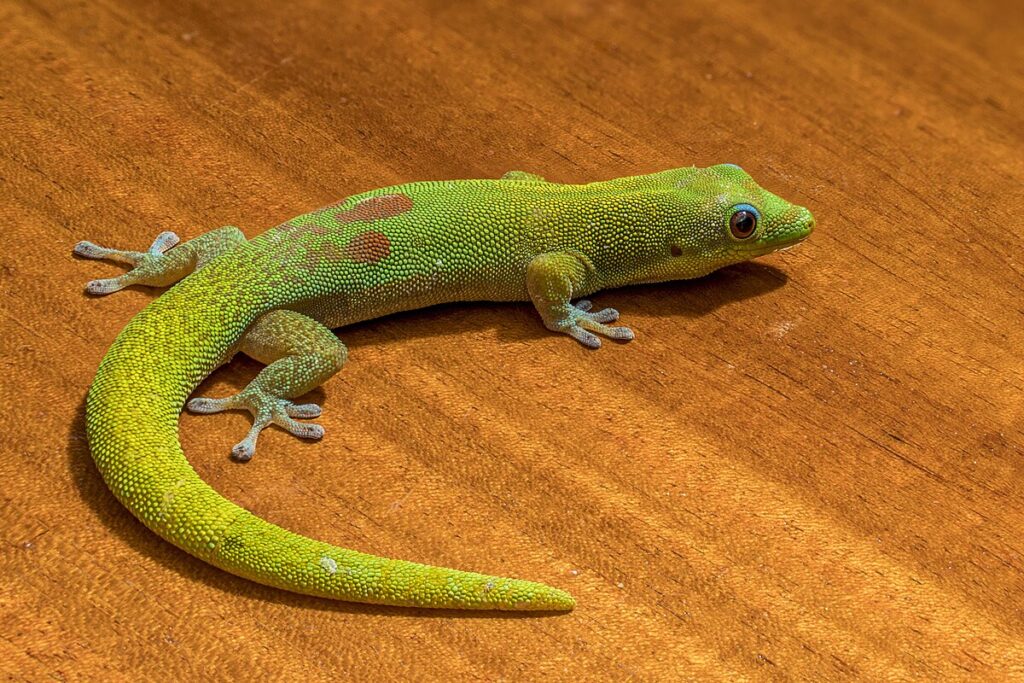
Day geckos represent some of the most vibrantly colored lizards available in the pet trade, with species like the giant day gecko and gold dust day gecko displaying breathtaking neon green bodies accented with red or blue markings. Native to Madagascar and other Indian Ocean islands, these diurnal geckos have specialized toe pads that allow them to climb virtually any surface, including glass and smooth plastic. Unlike many reptiles kept as pets, day geckos are primarily visual pets rather than handling subjects, as their skin is delicate and can tear easily if they’re grabbed. Their care requirements include high humidity levels, UVB lighting, and diets consisting of commercially available fruit mixes supplemented with insects. With proper husbandry in planted, naturalistic terrariums, these spectacular geckos can live 10-15 years in captivity.
9. Argentine Black and White Tegus
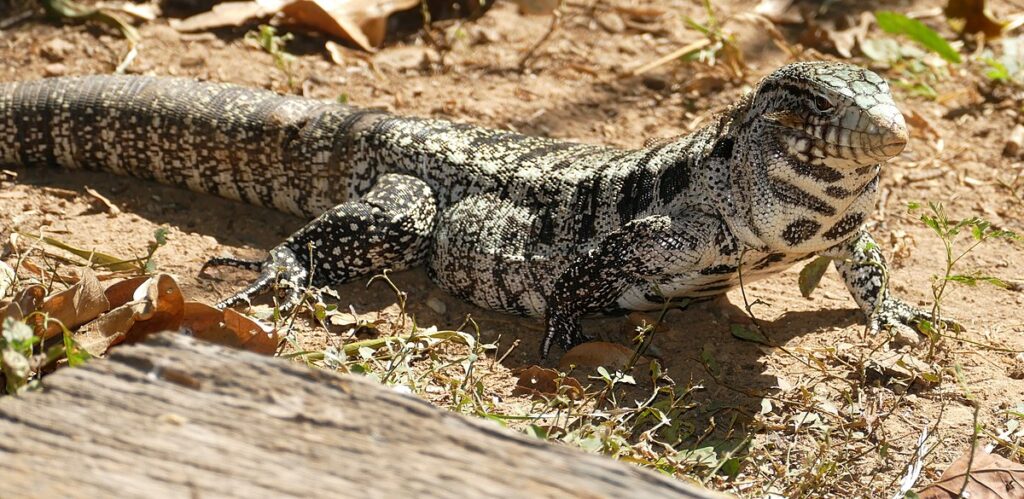
Argentine black and white tegus represent the largest lizard commonly available in American pet stores, with males potentially reaching over four feet in length when fully grown. These intelligent reptiles from South America have earned a reputation as the “dogs of the reptile world” due to their remarkable ability to recognize their keepers, tolerate handling, and even enjoy physical interaction more than most lizard species. Tegus require substantial enclosures measuring at least 8x4x4 feet for adults, along with varied diets including whole prey items, ground meats, eggs, fruits, and vegetables. Their care involves a significant commitment, not only in terms of space and proper diet but also because they can live 15-20 years in captivity with proper care. Despite their size, many tegu owners report that their pets display problem-solving abilities and individual personalities that create rewarding long-term relationships.
10. Savannah Monitors
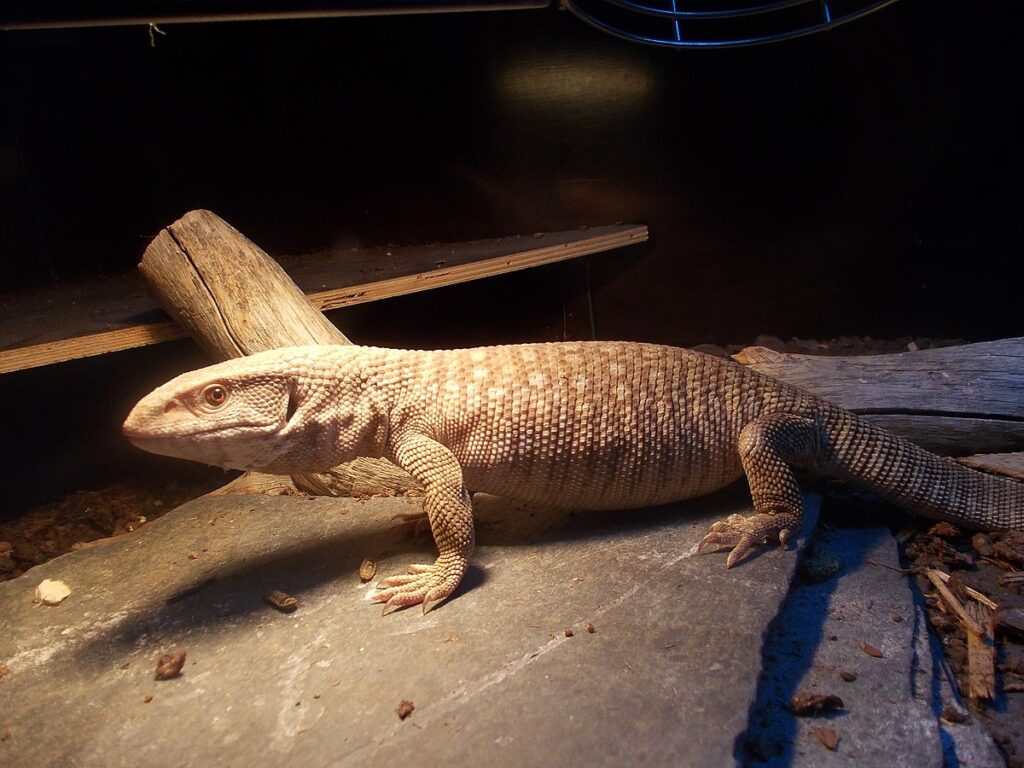
Savannah monitors are powerful, stocky lizards native to the grasslands and savannahs of Africa, growing to substantial sizes of 3-4 feet in length as adults. These carnivorous reptiles possess muscular bodies, powerful limbs with sharp claws, and forked tongues that they use to “smell” their environment, similar to snakes. In captivity, savannah monitors require extremely large enclosures with both dry areas and humid hide boxes, along with deep substrate for burrowing and exploring. Their diet consists primarily of whole prey items including rodents, eggs, and large insects, though obesity is a common problem in captive specimens if overfeeding occurs. While savannah monitors can become reasonably tame with consistent handling from a young age, they represent an advanced-level reptile pet due to their size, strength, specific environmental needs, and potential 15-20 year lifespan.
11. Gargoyle Geckos
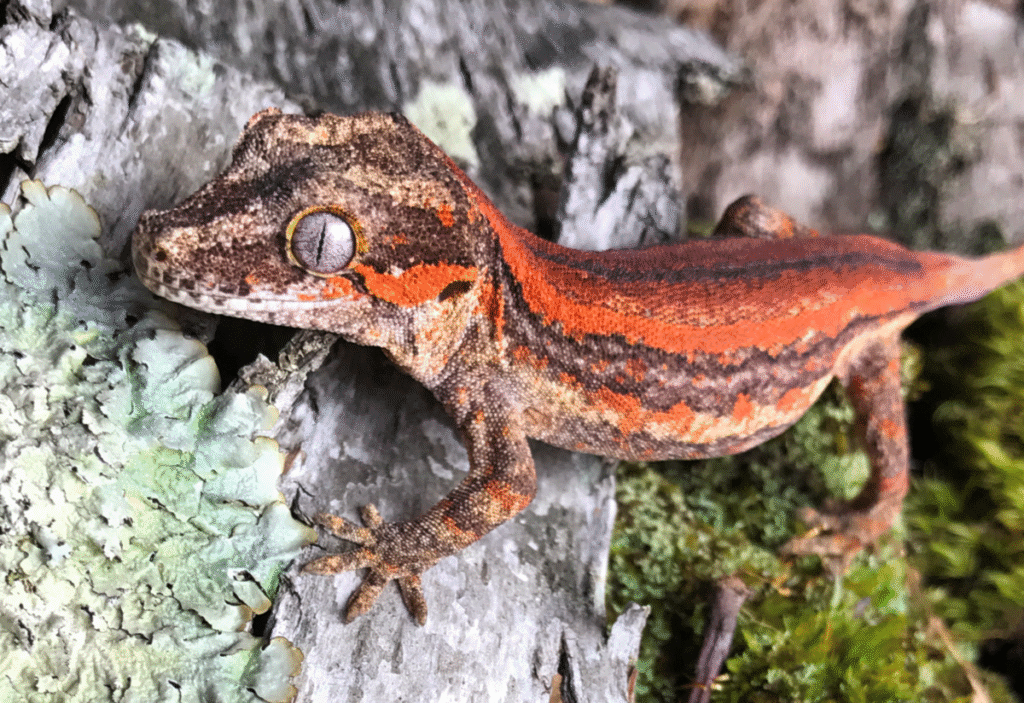
Gargoyle geckos, close relatives of the more familiar crested gecko, have gained popularity for their distinctive appearance featuring knob-like protrusions on their heads that inspired their name. These arboreal geckos from New Caledonia typically grow to 8-10 inches in length and display remarkable color variations including reds, oranges, and patterns of stripes or blotches that develop as they mature. Like their crested cousins, gargoyle geckos thrive at room temperature and can be fed primarily on commercially available powdered diets mixed with water, supplemented with occasional insects. Their vertical enclosures should feature plenty of climbing opportunities with branches, plants, and hiding spots to make them feel secure. With proper care including appropriate humidity levels and regular misting, these fascinating geckos can live 15-20 years in captivity.
12. Veiled Chameleons
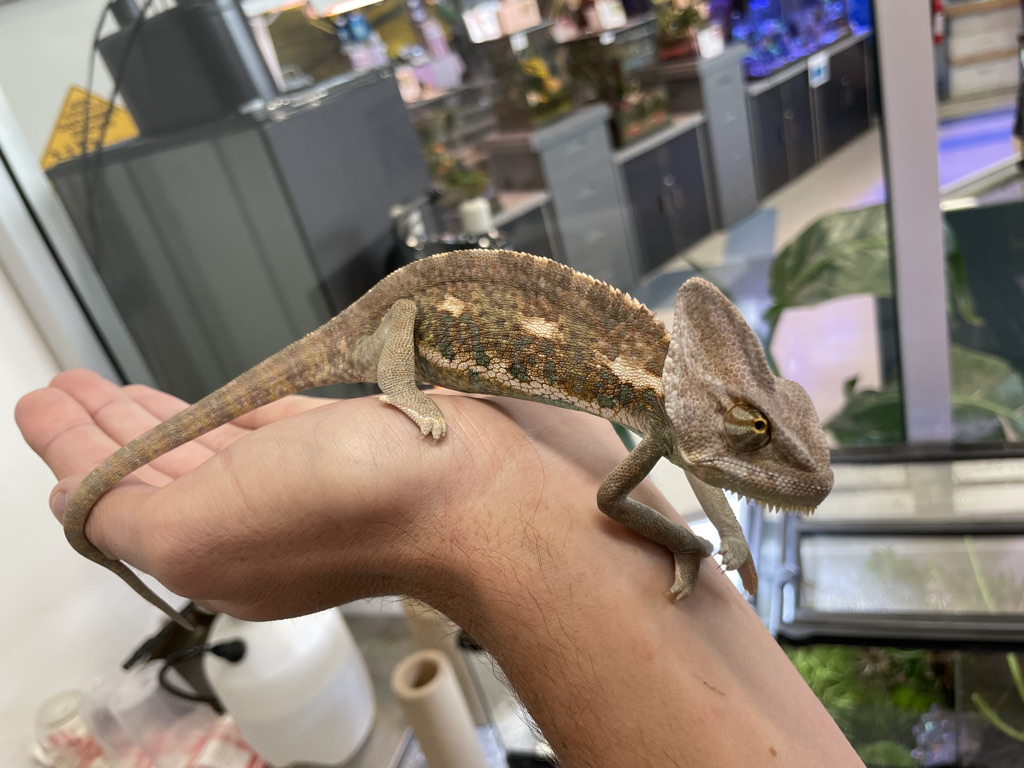
Veiled chameleons stand out among reptile pets with their distinctive casques (helmet-like crests) on top of their heads and their remarkable color-changing abilities, which they use for communication and temperature regulation rather than camouflage as commonly believed. Native to Yemen and Saudi Arabia, these arboreal lizards require specialized care including screened enclosures for ventilation, UVB lighting, and regular misting systems to maintain hydration through drinking water droplets from leaves. Their independently moving eyes, prehensile tails, and specialized feet that form grasping “mittens” make them fascinating to observe as they navigate their environments. Veiled chameleons are considered intermediate to advanced pets due to their specific humidity requirements, stress sensitivity, and insect-based diet that must be carefully gut-loaded and supplemented to prevent nutritional deficiencies.
13. Ackie Monitors
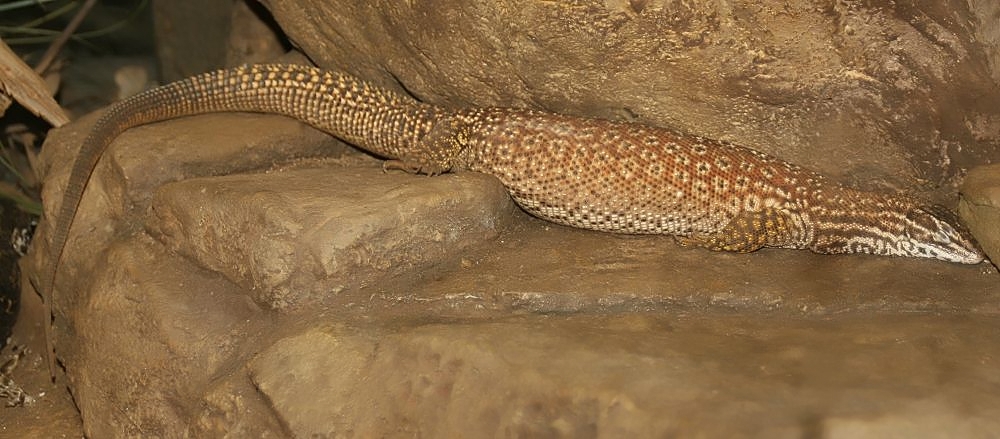
Ackie monitors, also known as spiny-tailed monitors or ridge-tailed monitors, offer reptile enthusiasts the monitor lizard experience in a more manageable package, typically reaching only 24-30 inches in length compared to their larger cousins. Native to the arid regions of Australia, these active lizards display remarkable intelligence, often recognizing their keepers and demonstrating problem-solving abilities when presented with enrichment activities. Ackies require enclosures with deep substrate for digging, multiple temperature zones, and UVB lighting to support their high metabolism and active lifestyle. Their diet consists primarily of insects like crickets, roaches, and superworms, supplemented with occasional small vertebrate prey items for balanced nutrition. With proper care including appropriate humidity cycles to mimic their natural environment, ackie monitors can live 15-20 years, making them a significant but rewarding commitment for dedicated reptile keepers.
The world of pet lizards offers incredible diversity, from beginner-friendly leopard geckos to the more challenging monitor lizards and chameleons. Each species brings its own unique care requirements, behaviors, and personality traits to the table. Before bringing any reptile home, research is essential—consider the space, equipment, diet, and time commitment each species demands. Many of these lizards can live for decades with proper care, making them significant long-term companions. Whether you’re drawn to the friendly nature of bearded dragons, the vibrant colors of day geckos, or the intelligence of tegus, there’s a lizard species that can match your experience level and lifestyle while providing years of fascinating companionship.

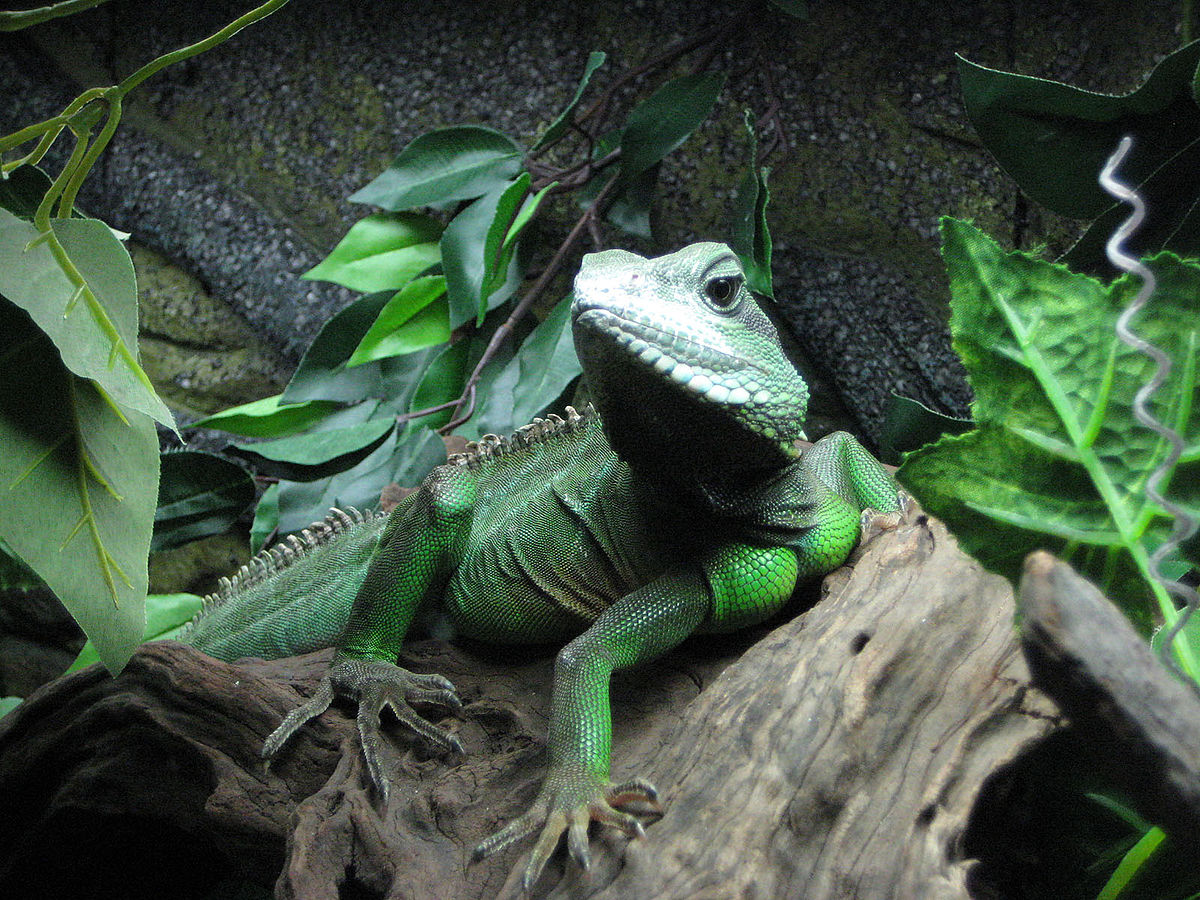
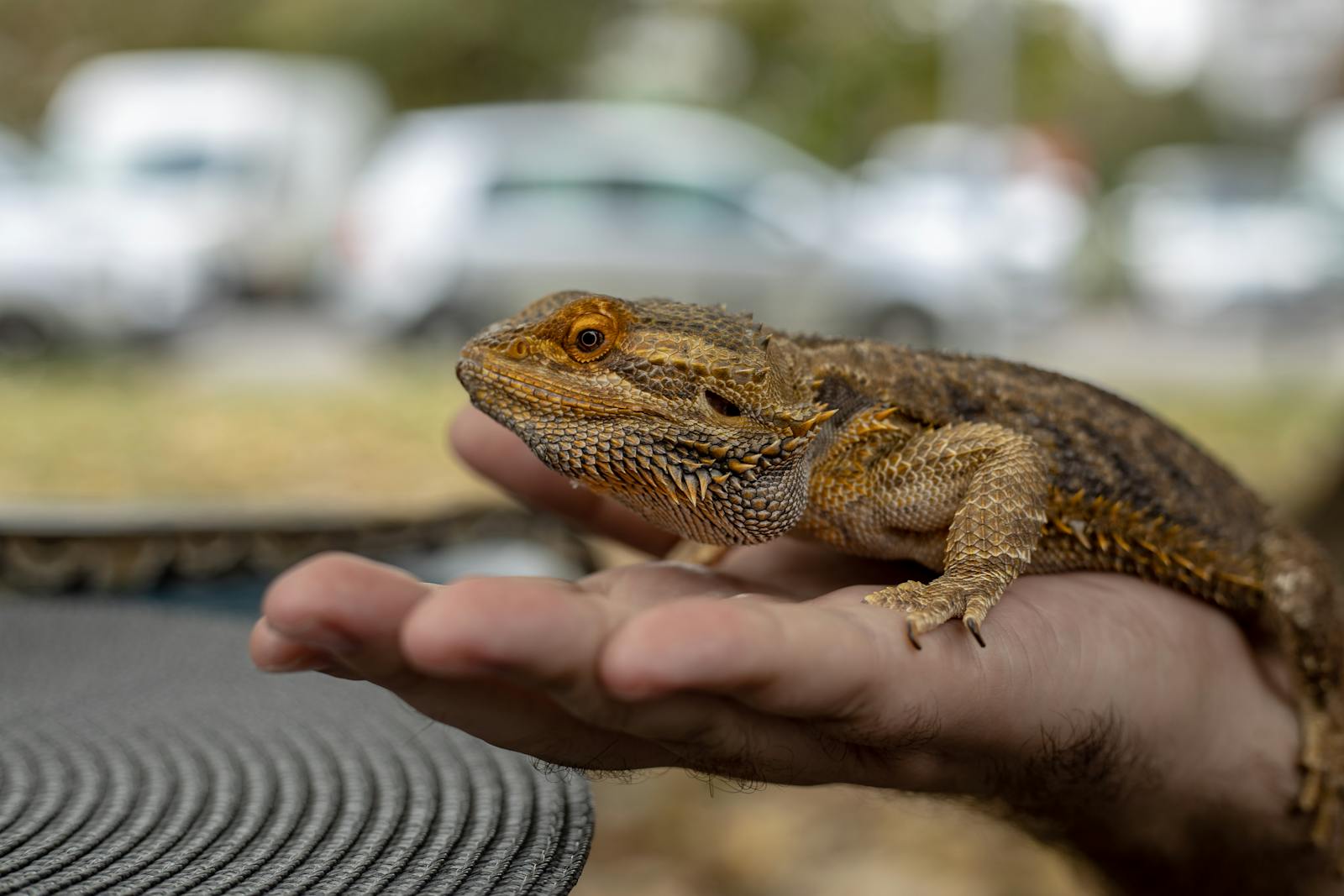

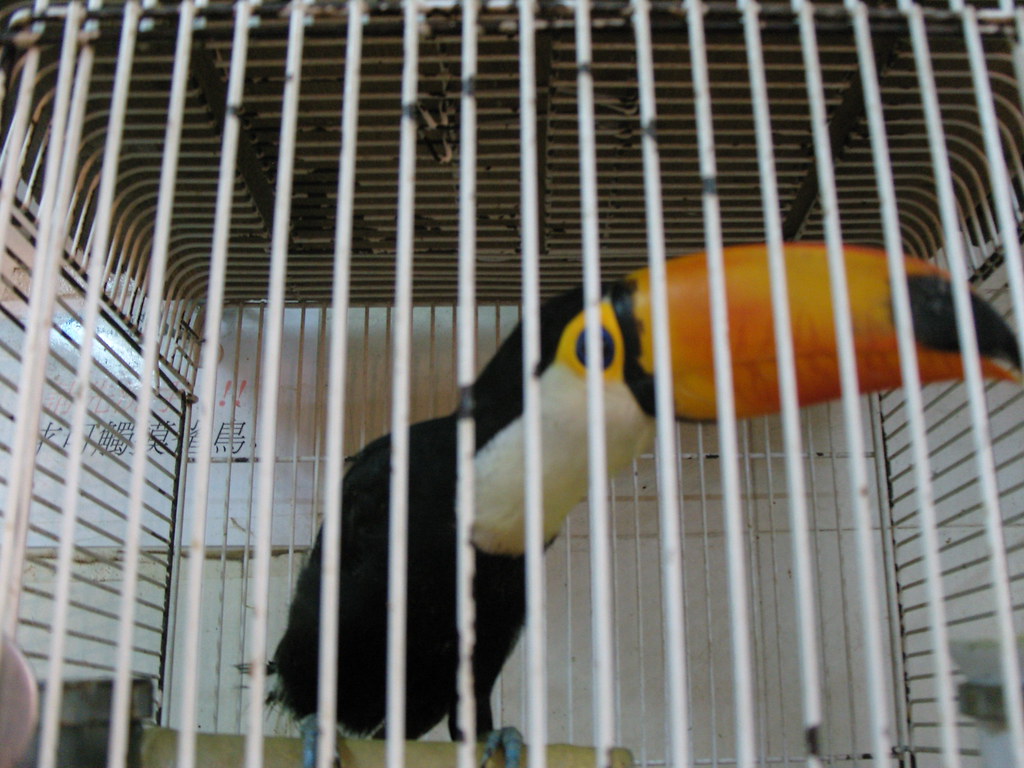
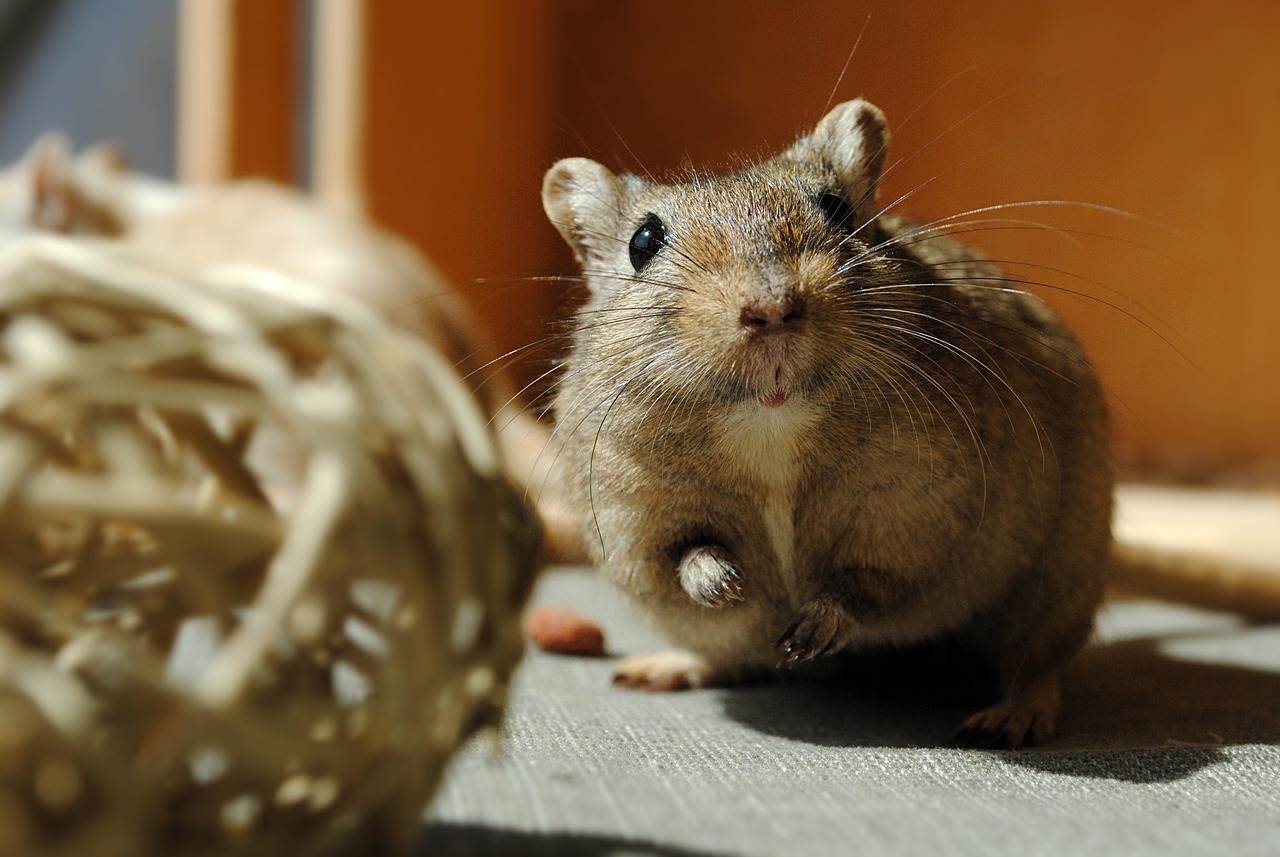
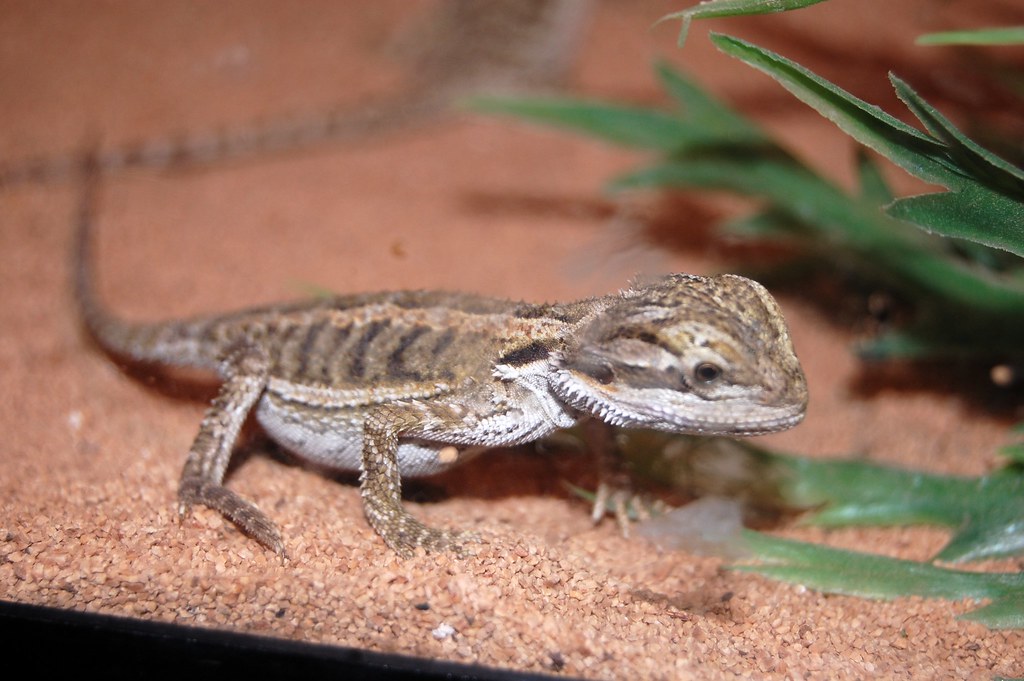
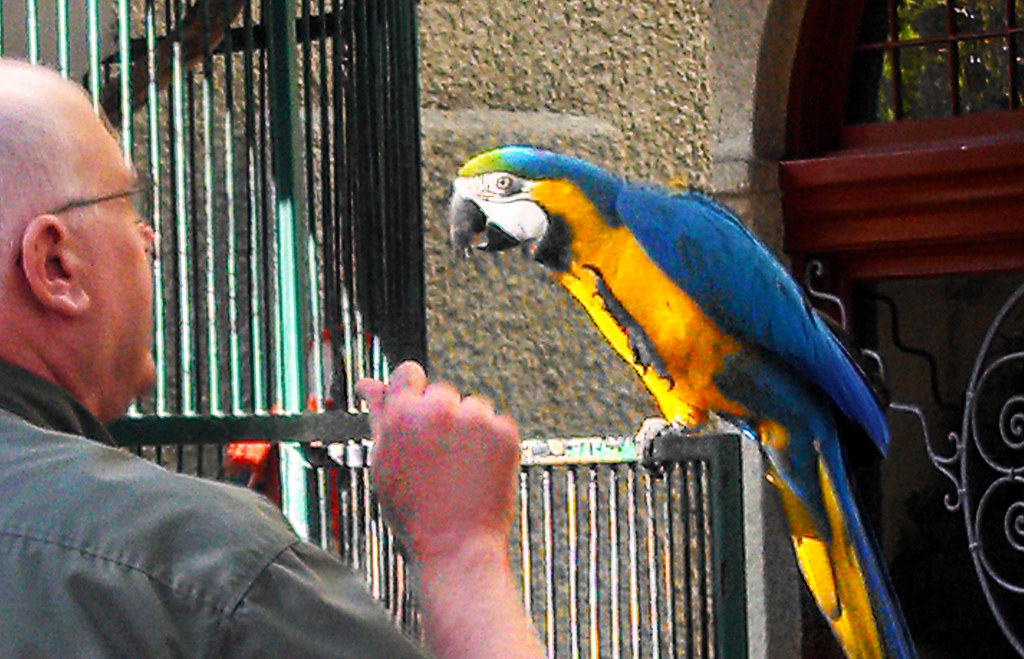
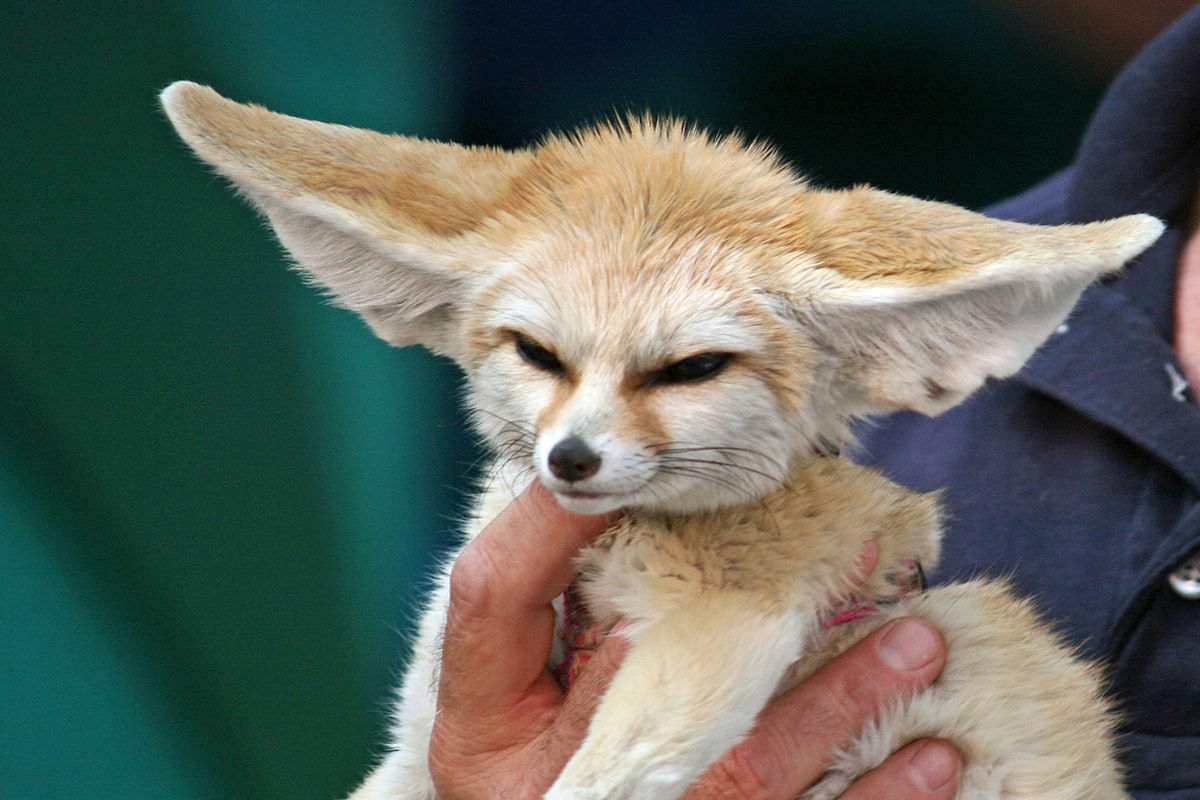
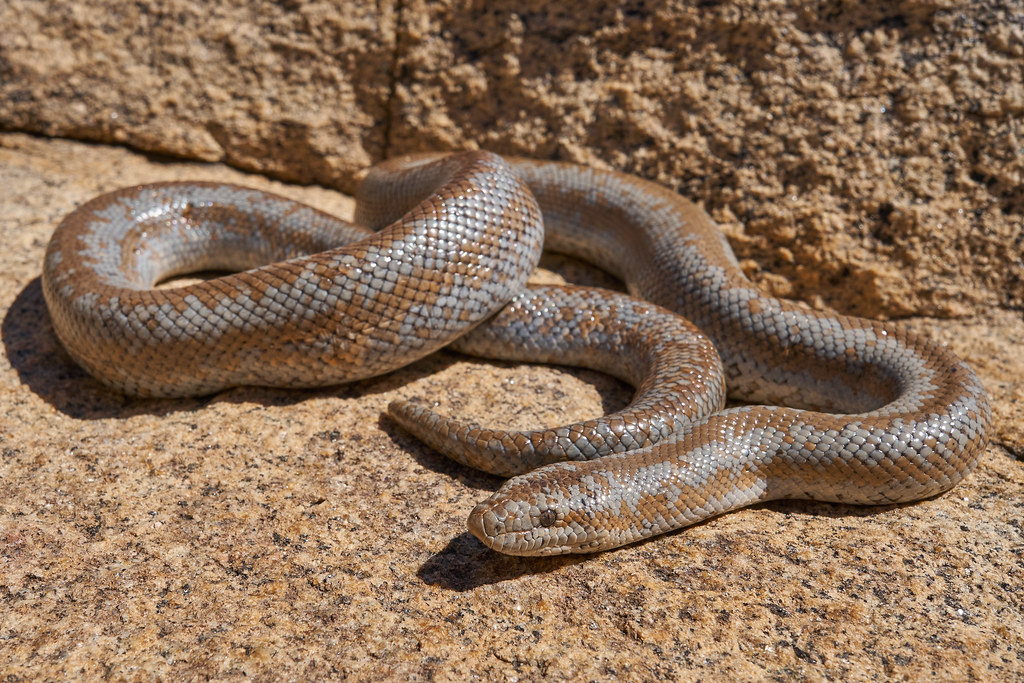
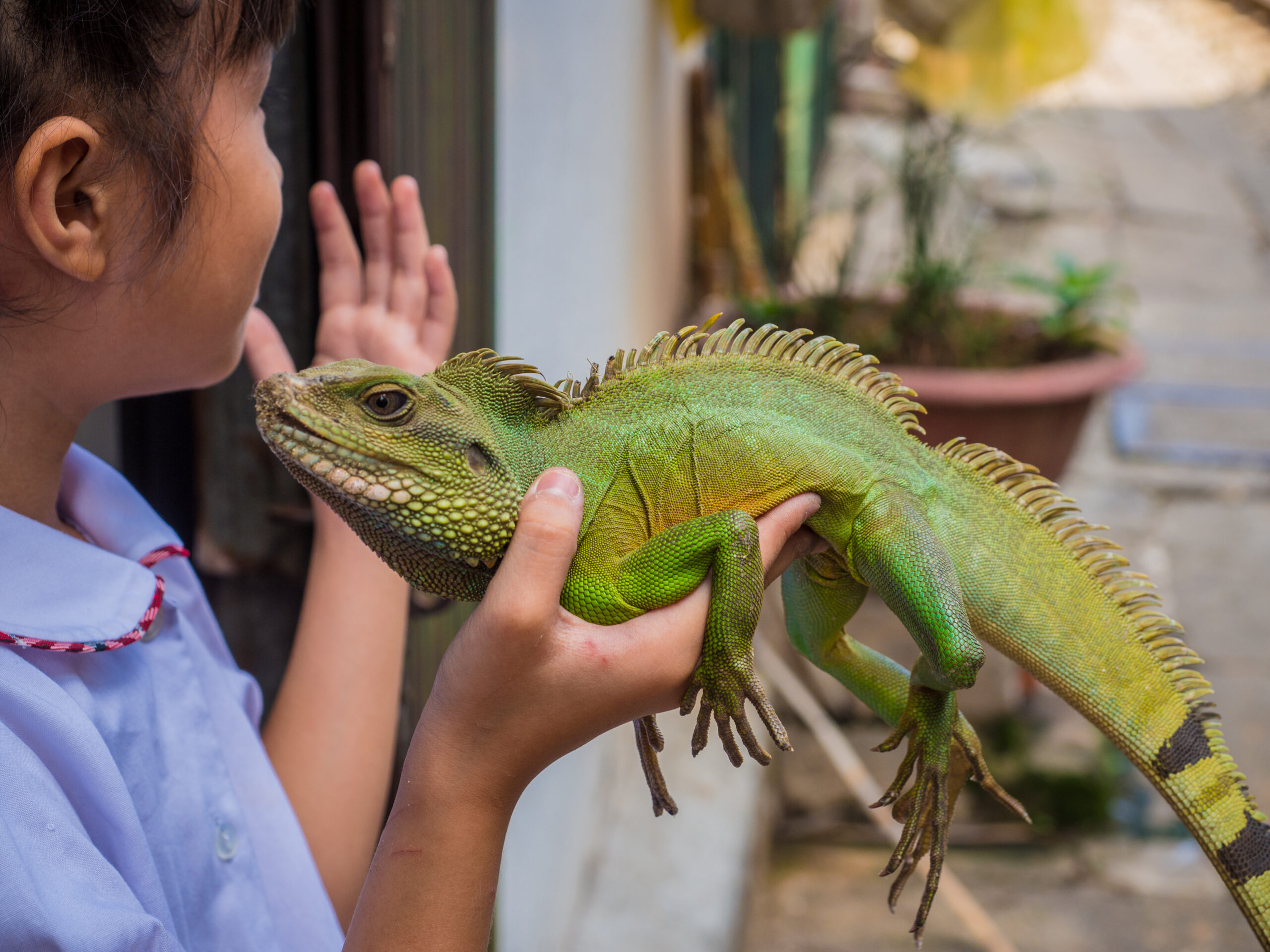
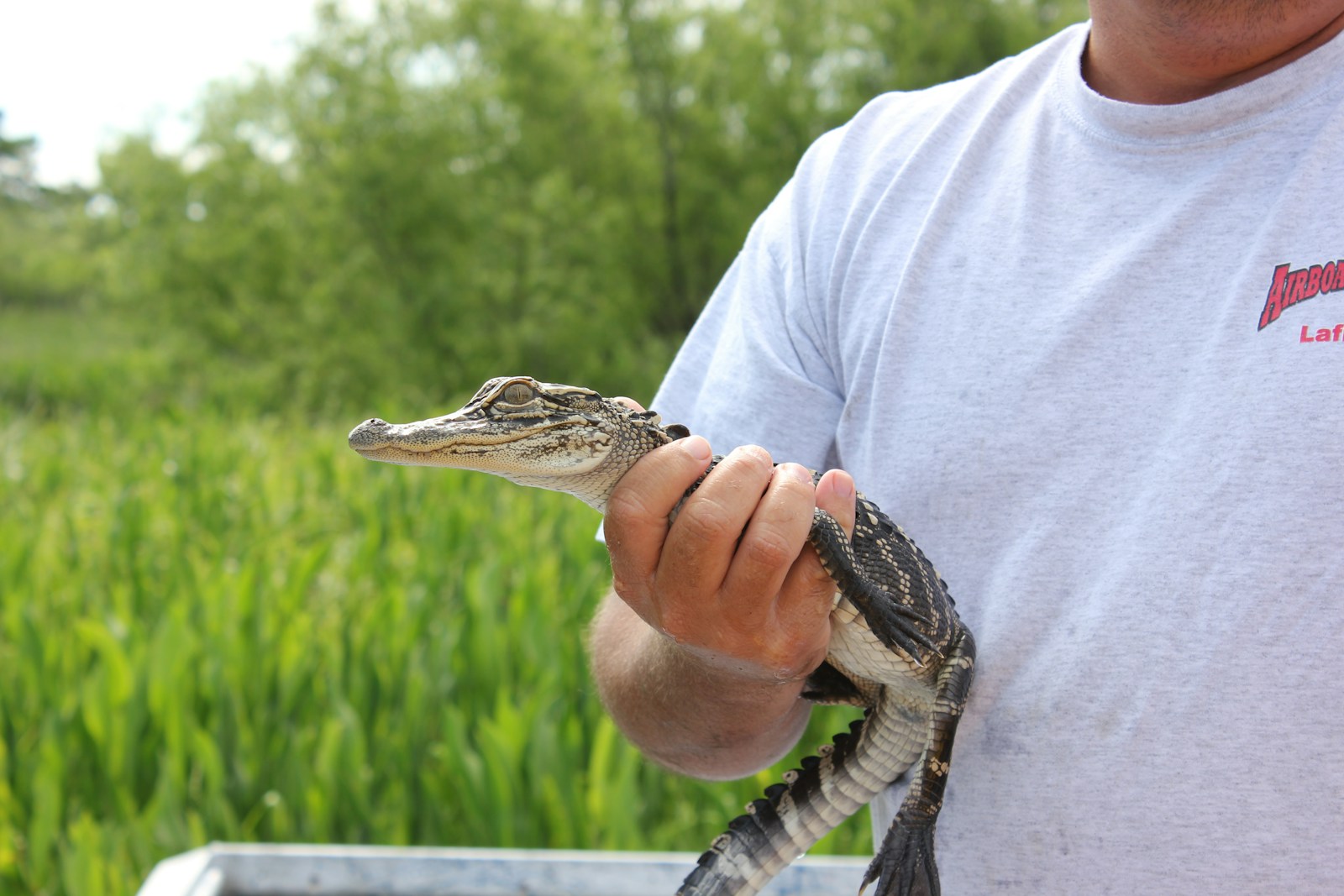




Leave a Reply